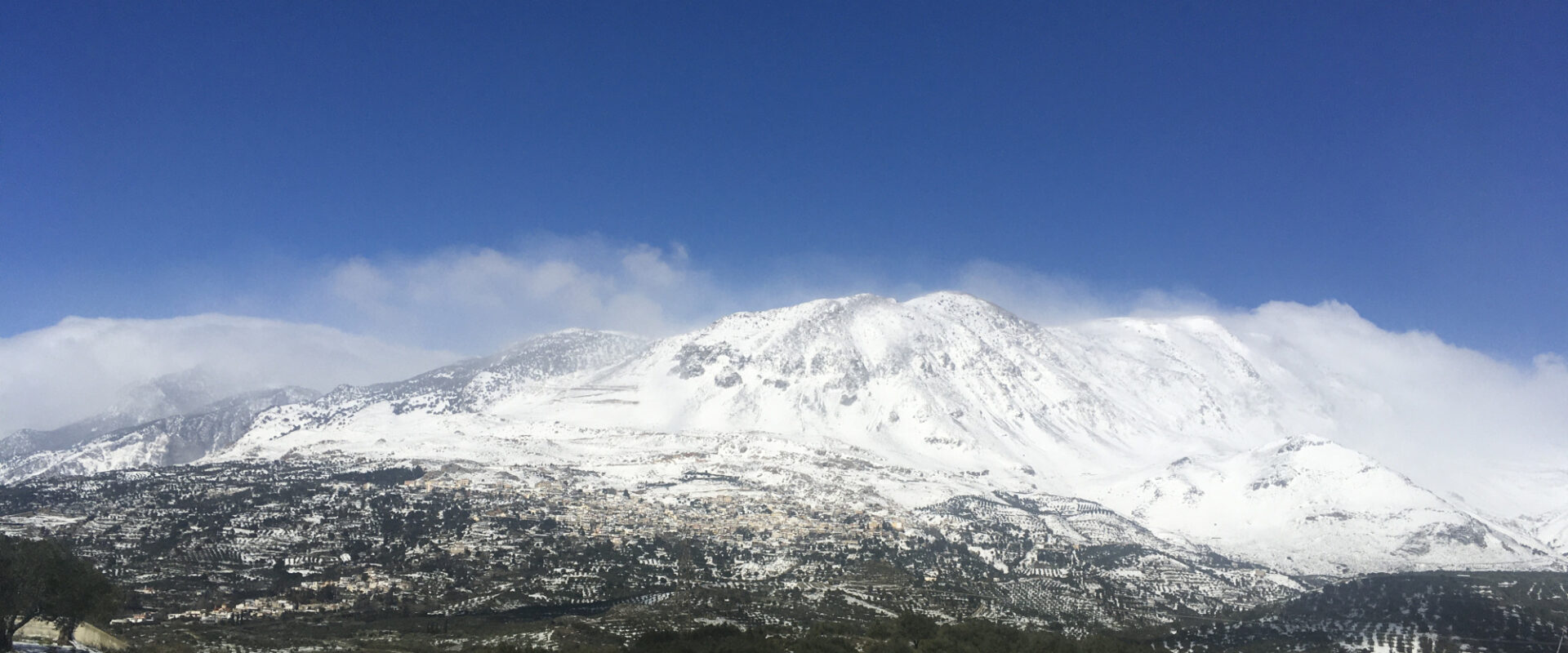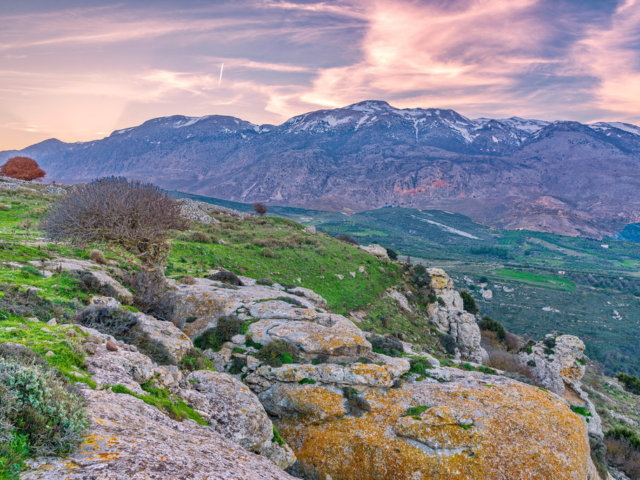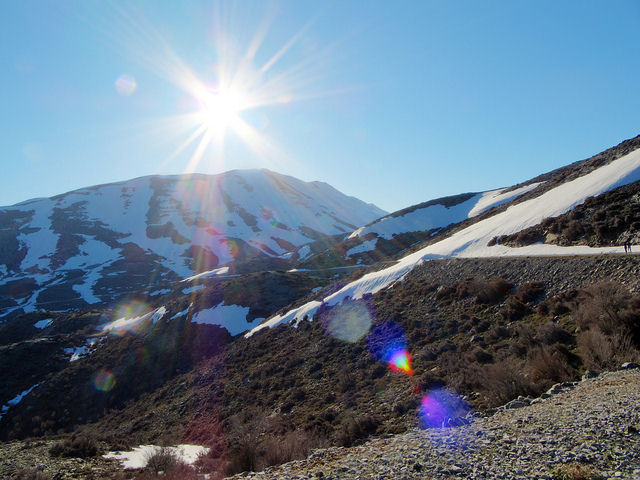
Psiloritis
The stone giant of Crete, a natural border between the Earth and the Sky, dominates the whole of the island. Mountainous villages perched on the edge of a precipice; caves of unique beauty; impressing karstic formations; gorges in thick shade; plateaus and alpine areas; all that and many more make up the unbeatable scenery.
According to Herodotus, Psilorits was once covered by thick forests where all the endemic Cretan species used to live. The largest one of the few surviving forests is situated at Gergeri near Herakleion; it is the oak forest of Rouvas, home to the rare species of the local flora and fauna, such as the Cretan wild cat. Smaller forests are situated on the plateau of Vromonero, at Kroussonas near Herakleion, and at Zaros and Pardi, near Rethymno. The non-forested peaks are ruled by birds of prey such as the bearded vulture, the golden eagle, the falcon, and the royal eagle.
In 2001 the Psiloritis Geopark was founded and it is now part of the network of UNESCO Geoparks. Hiking on the mountain equals an ecological and geological delight in the heart of an awesome landscape.
At the shrubby foot of the mountain bloom iris and crocus flowers, along with other wild ones, that have been decorating the land of Crete since the Minoan years. Among the wonders of nature, let us mention the springs at Spili, Lake Votomos at Zaros, the gorges of Agios Nikolaos, of Vorizia, and of Almyros. Last but not least, at the area of Zoniana there is one of the most significant caves in Greece with impressing stalactites and stalagmites, named “tou Sfendoni i Trypa”.
The international event Psiloritis Race will be a perfect alternative for those visiting the area next June. What is more, you can do mountaineering, caving/spelunking, paragliding, mountain biking, and climbing, or opt for off road jeep fun.



